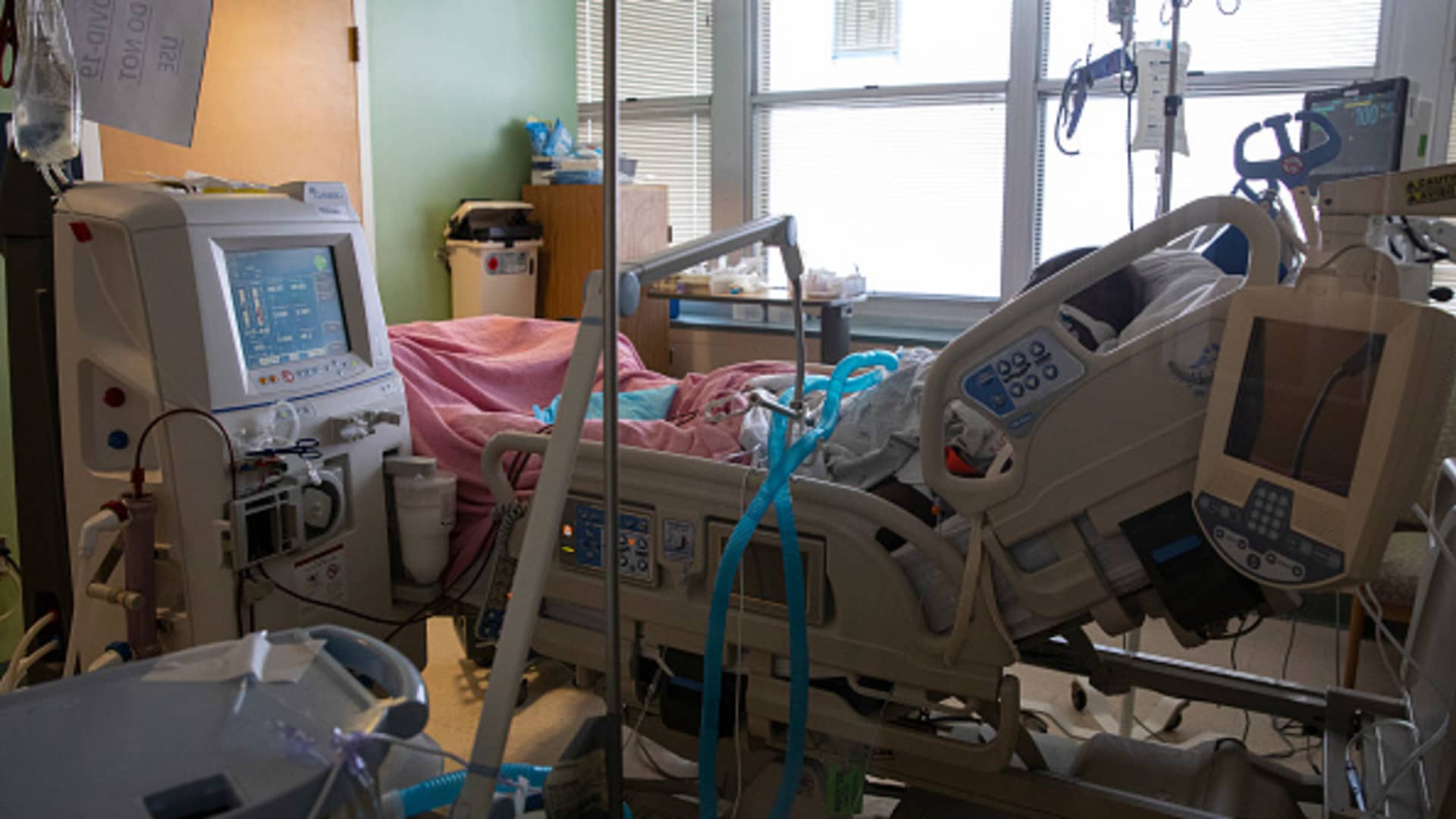
Hispanic dialysis patients face a 40% higher risk of developing a staph bloodstream infection compared with whites, underscoring economic and racial disparities in the U.S. health-care system, according to new data released Monday by the Centers for Disease Control and Prevention.
Adults on dialysis for kidney failure were 100 times more likely to contract staph bloodstream infections compared with the general U.S. population, the CDC said. Needles and catheters are used to connect patients to dialysis, and bacteria like staph can enter a patient’s bloodstream during the process. Staph infections are serious and sometimes deadly.
“Infections overall are thought to be the second-leading cause of death in dialysis patients — that’s all infections, not just bloodstream infections,” Dr. Shannon Novosad, head of the CDC’s dialysis safety team, told reporters during a call Monday. “They’re also one of the leading causes of hospitalizations for these patients.”
More than 800,000 people in the U.S. are living with kidney failure, 70% of whom are on dialysis, according to the CDC.
People of color, however, face an even higher risk of kidney failure, representing more than half of dialysis patients. The rate of kidney failure is four times higher among Black people and two times higher among Hispanics than white people, according to CDC data. Black people represent 33% of all patients in the U.S. on dialysis.
Black and Hispanic people on dialysis were also more likely to contract staph infections than white patients, the CDC said. The data analyzing dialysis patients from 2017 to 2020 didn’t clearly calculate the increased risk for Black patients. Hispanic patients, however, faced a 40% higher risk of staph infection than whites, according to the CDC.
More patients on dialysis with staph bloodstream infections lived in areas with higher poverty, more household crowding and lower education levels, Novosad said. About 42% of staph infections among dialysis patients occurred in areas with the highest levels of poverty, she said.
The CDC study looked at data from select counties in seven states from 2017 through 2020. The states are California, Connecticut, Georgia, Maryland, New York, Tennessee and Minnesota.
Bloodstream infections in patients on dialysis declined 40% from 2014 to 2019 due to staff and patient education on how to prevent them, according to the CDC. The use of fistulas and grafts to connect a patient’s blood circulation to the dialysis machine reduces the risk of infection compared with catheters.
“Preventing staph bloodstream infections begins by detecting chronic kidney disease in its early stages to prevent or delay the need for dialysis,” said CDC Chief Medical Officer Dr. Debra Houry.

